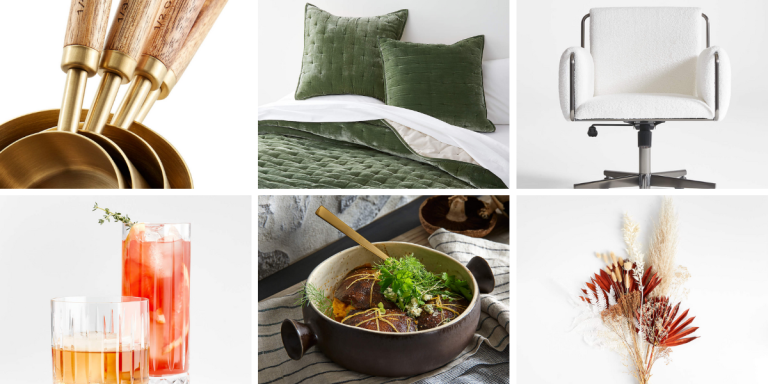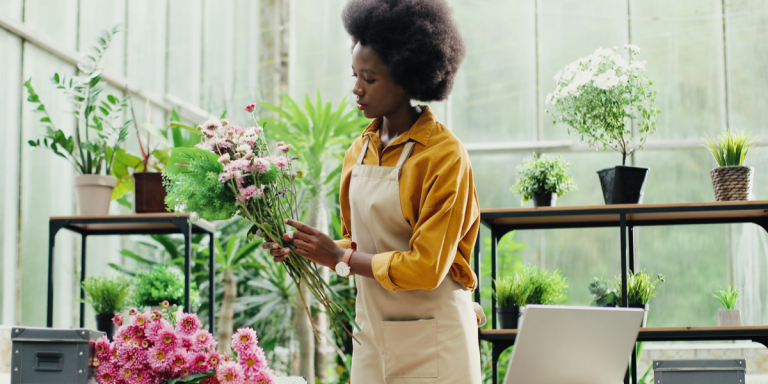house & garden
A List of Small Things You’ll Never Regret Doing
Kayla Kumari Upadhyaya
Nov 28, 2024










